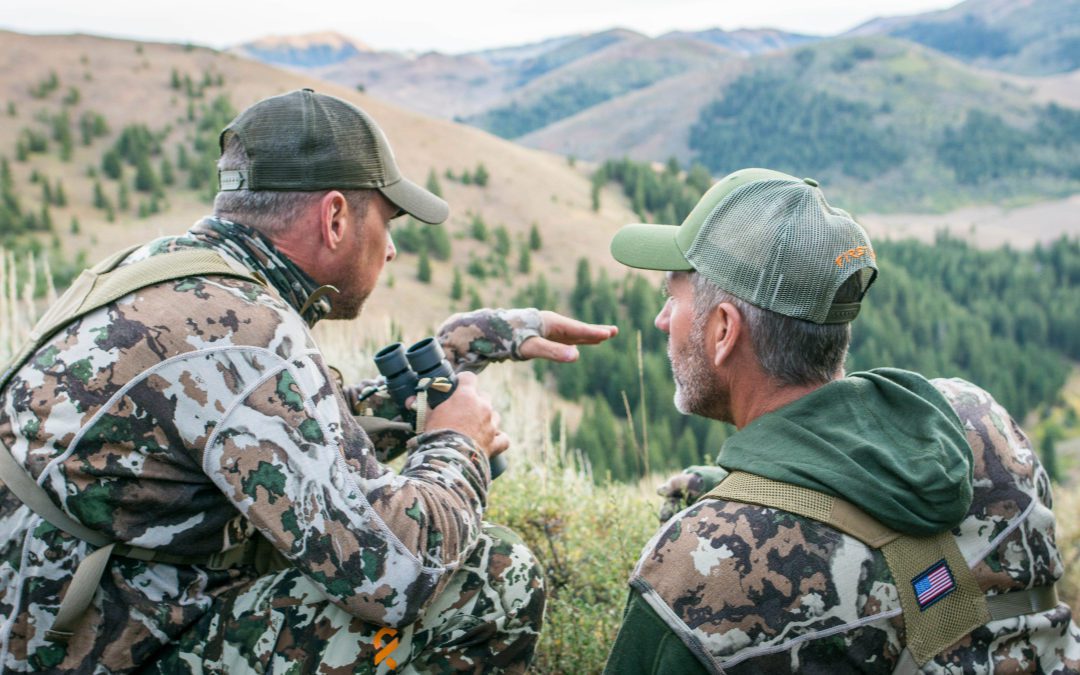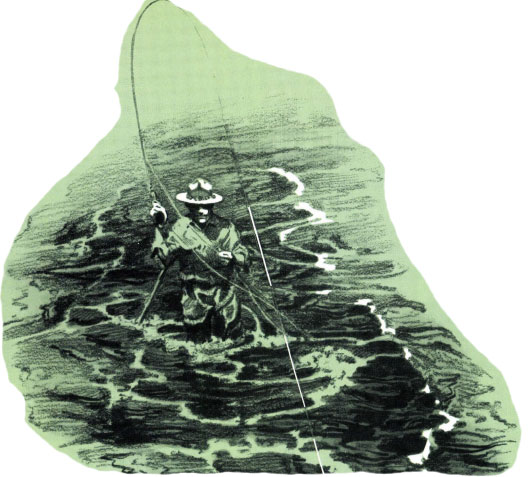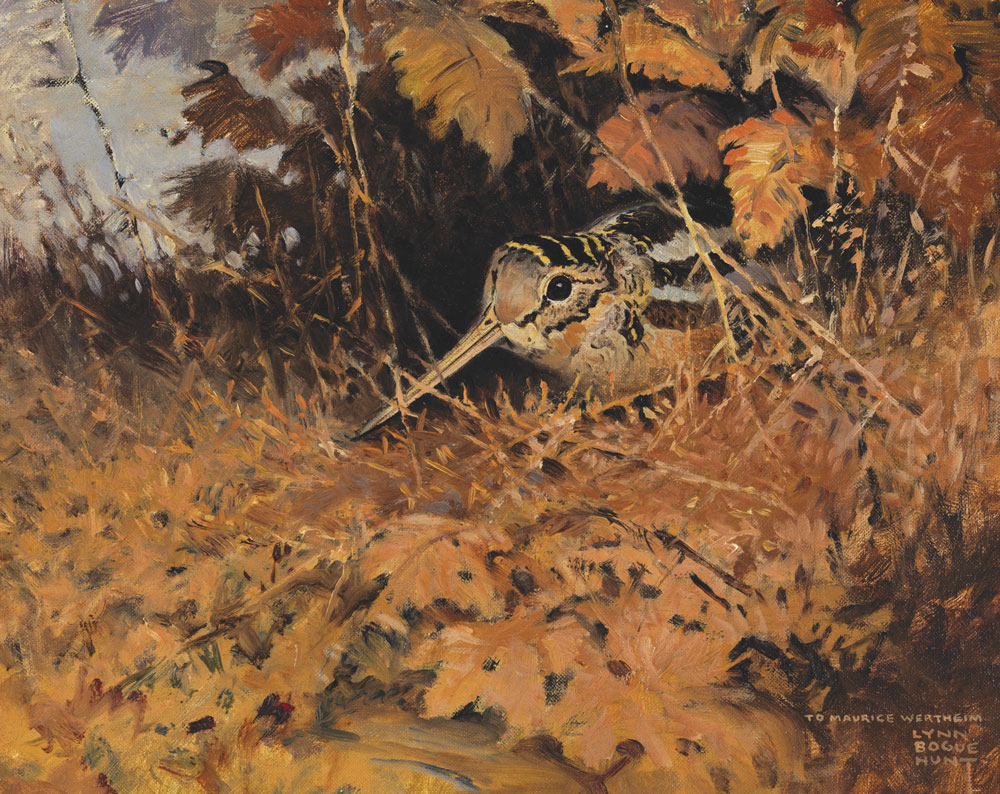When researching an outfitter, a little extra digging can make a big difference in the outcome of your hunt.
By all rights, it should have been the hunt of a lifetime. Both the outfitter and his area were legendary for producing superlative trophies; we were hunting for one of North America’s most desirable species, and the dates were prime. I was successful with several days to spare, so why did I give the shoulder mount of my trophy away only minutes after it was delivered by the taxidermist? Simply put, this particular hunt was a miserable experience due to the horrible attitude of the outfitter, and I didn’t want to be reminded of it ever again.
Much later I learned the reason, or at least the primary reason, for the outfitter’s behavior. He had short-timer’s disease and was getting out of the business. In fact, the outfit might have already been sold before I arrived. To him, I was probably nothing more than a final payday. Well, never again.
A good number of outfitters and professional hunters own or control their operating areas to the point they can sell them at a given time. That’s well and good, as the vast majority have worked hard to build legitimate equity in their businesses and pass it along in as good or better shape than they found it. That said, when checking references and in conversations with booking agents, guides, and the outfitters themselves, prospective hunters should consider the possibility that the operation might be winding down.
Asking an outfitter if he is planning to transfer ownership of the area, take on a partner, or otherwise change the structure of his business is as legitimate as enquiring about success rates, trophy quality, or the total number of hunters that will be in camp. A little extra digging in this area might stave off disaster—or make the outfitter realize you aren’t the guy he wants as a client.
As always, the single most important part of a prospective hunter’s research should be checking references, and the more recent the better. Speaking with hunters from the last two seasons is far more valuable than searching the record book or looking at promotional materials.
Another good source is the appropriate game department official, and the outfitter or professional hunter’s organization that encompasses the hunting area. Asking these pros about population trends, harvest records, and weather patterns is important, but so is slipping in an open-ended question like, “Would you hunt with this guy, and why or why not?” If there is any hesitation, pay attention. Check even harder if an unexpected discount or short-notice opening is offered. Don’t be afraid to kick over a few rocks.
I am willing to concede that the attitude of an outfitter or PH matters more to some hunters than others, but there are additional ways that the transfer of a hunting business can manifest itself. Accommodations, equipment, and even the quality of food might suffer. More importantly, guides and other help might be aware the ship is sinking and let up. Worst of all, the area might be overshot, or efforts to find game, or at least true trophies, might be compromised.
There are other clues that things aren’t going well. Among them are a recent divorce, bankruptcy, or other financial difficulty, abandoning of a long-held booth space at sports shows, discontinuation of advertising, and especially the loss of long-term guides or hunters for some unexplained reason. Pay attention if any of these crop up.
Shopping the competition is another method of discovery, though one must take any information with a grain of salt. At the same time, it’s logical to assume that if an outfitter was selling out, the natural buyers would be those operating in adjoining areas. Maybe they will tell you, or maybe not, but silence and rolled eyes can speak volumes.
While this added layer of digging might not be the most enjoyable part of researching a hunt, it sure beats spending a couple of weeks caught in a bad situation. Life is just too short.





